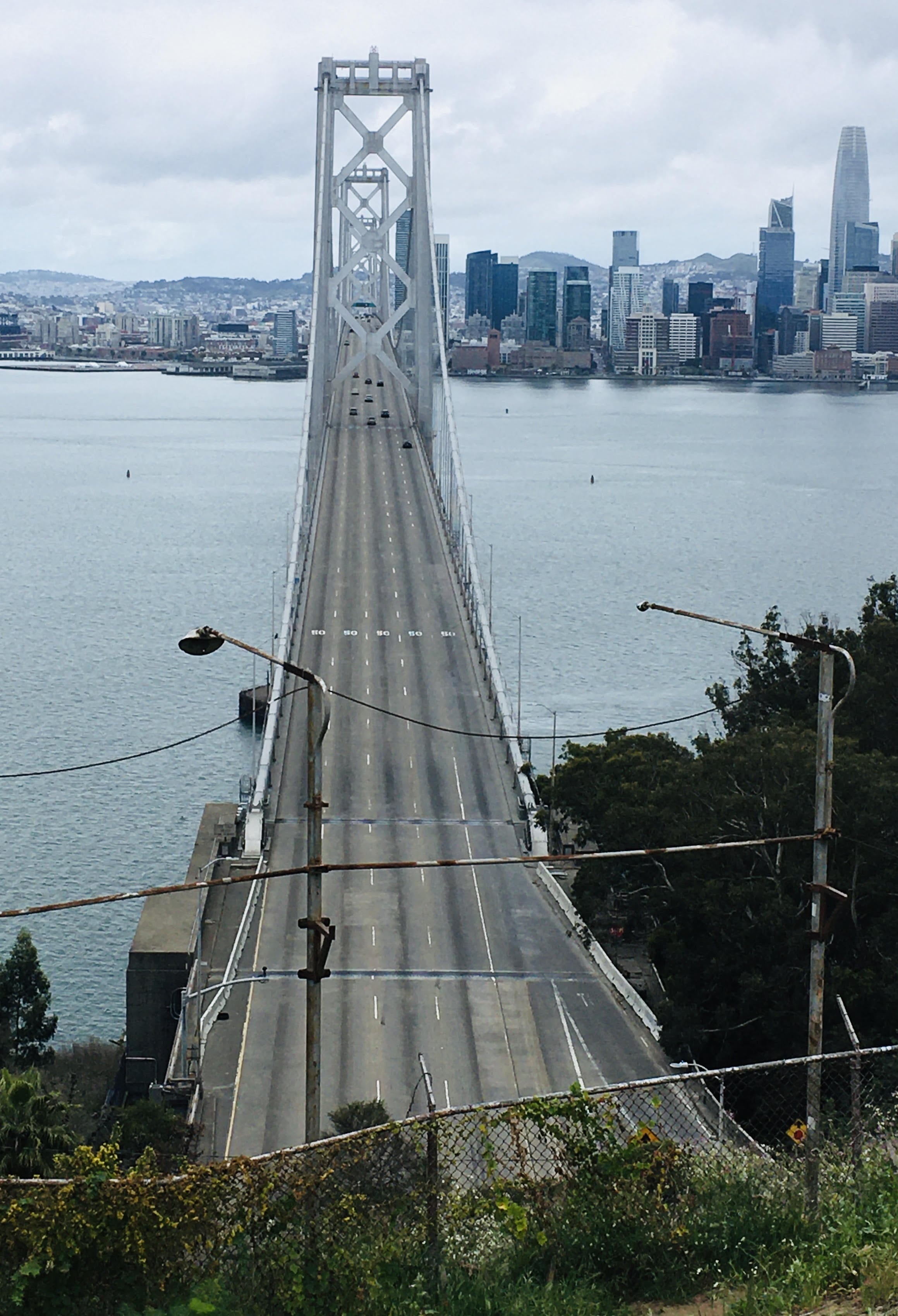In Wuhan, where the COVID-19 pandemic began, life is starting to return to "normal."
And this is what it looks like:
Pictures: Vehicular traffic returned to normal in central China's #Wuhan City on Monday morning, the first weekday since the city was classified as a low-risk area of the #coronavirus pic.twitter.com/7UDYWwWbSE
— CGTN (@CGTNOfficial) April 21, 2020
Milan, which lost some 25,000 people to the virus, has different plans. Leaders in that city have decided to pull some good out of the horror they have endured: they will not go back to traffic congestion, traffic deaths and smog. "The city has announced that 35km (22 miles) of streets will be transformed over the summer, with a rapid, experimental citywide expansion of cycling and walking space to protect residents as Covid-19 restrictions are lifted," reports the Guardian newspaper. They also plan to introduce something advocates in San Francisco have long sought--a 20 mph speed limit.
Eventually the Bay Area will return to its new normal. Will it follow Wuhan or Milan?
Right now, it's looking like Wuhan. Muni just raised its fares. “It’s never popular to increase fares,” said SFMTA Director Jeffrey Tumlin on Tuesday, as quoted in the SF Examiner article about the move. “Keeping fares exactly the same would mean we would need to make substantial service cuts and lay off over a hundred transit operators.” BART, meanwhile, has greatly reduced service, as has Caltrain and other agencies. It's hard to blame transit managers for what they're doing, given the ridiculous way transit is funded. On the other hand, it's a little hard to reconcile the cutbacks and fare increases with a recent move by the Metropolitan Transportation Commission. From a statement issued Wednesday/yesterday:
In light of the steep drop in vehicle traffic across the Bay Area’s seven state-owned toll bridges due to state and local shelter-in-place mandates during the ongoing COVID-19 health emergency, the Bay Area Toll Authority (BATA) today voted to suspend weekday congestion pricing — also known as time-of-day pricing — at the Bay Bridge toll plaza. Effective at midnight tonight, tolls for regular two-axle vehicles on each of the state-owned toll bridges will be standardized at $6 on all days and at all times.
In other words, under crisis pressures, transportation agencies are falling into their default of making it harder to take transit and cheaper to drive. Remember that the MTC's move is in addition to the huge drop in gas prices, and therefore gas taxes, that are supposed to go to offset the costs of driving.
But there is hope that maybe a little of Milan's thinking is creeping into the Bay Area. Oakland's decision to create 'slow streets' has gained global attention. San Francisco, San Mateo, and other cities are planning or at least discussing similar approaches to returning some streets to people.
And Streetsblog learned this week that at least some politicians and advocates are talking seriously about something that seemed fringe just a few months ago: taking a lane from the Oakland Bay Bridge's western span and dedicating it to bicycles and pedestrians:
a Policy Advisory Council puts forward an idea from front-line workers to use a lane on the Bay Bridge for bicycles @JohnBauters
— Adina Levin (@alevin) April 17, 2020
And why not? BART service ends at 9 p.m. and the World Health Organization is recommending that people try to bike or walk whenever possible:

So why not make that possible between San Francisco and the East Bay? Why shouldn't front line workers be permitted to ride a bike across the bridge to get home at night, as the WHO recommends? According to research from 2016, some 10,000 people would ride the bridge daily if it were permitted.
Up until now, the Bay Area Toll Authority (BATA) and Caltrans have presented a false choice: continue to ban bikes on the bridge or spend hundred of millions of dollars on an additional lane on the western span for bikes and pedestrians. How about instead they seize this opportunity by throwing up some Jersey barriers and converting an existing lane to a bike lane? And for that matter, why not add bus-only lanes now, while traffic is light? None of this is truly far-fetched: as Streetsblog has pointed out many times now, until 1958 only the top deck of the bridge was available to private cars.

As Winston Churchill famously said, "never let a good crisis go to waste." Every advocate and transportation official who values safe and livable streets and breathable, healthy air has an obligation to make sure this one doesn't. Let's open a lane on the bridge for bikes. That would be both a bold step to help front-line workers right away and an undeniable symbol that the Bay Area is going the way of Milan--not back to the way it was before this crisis started.





